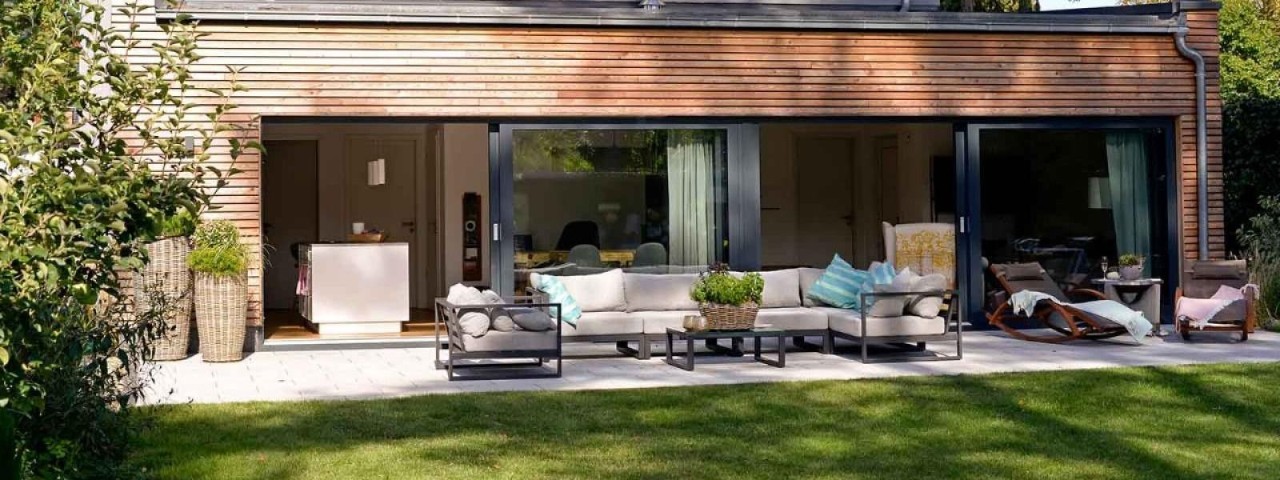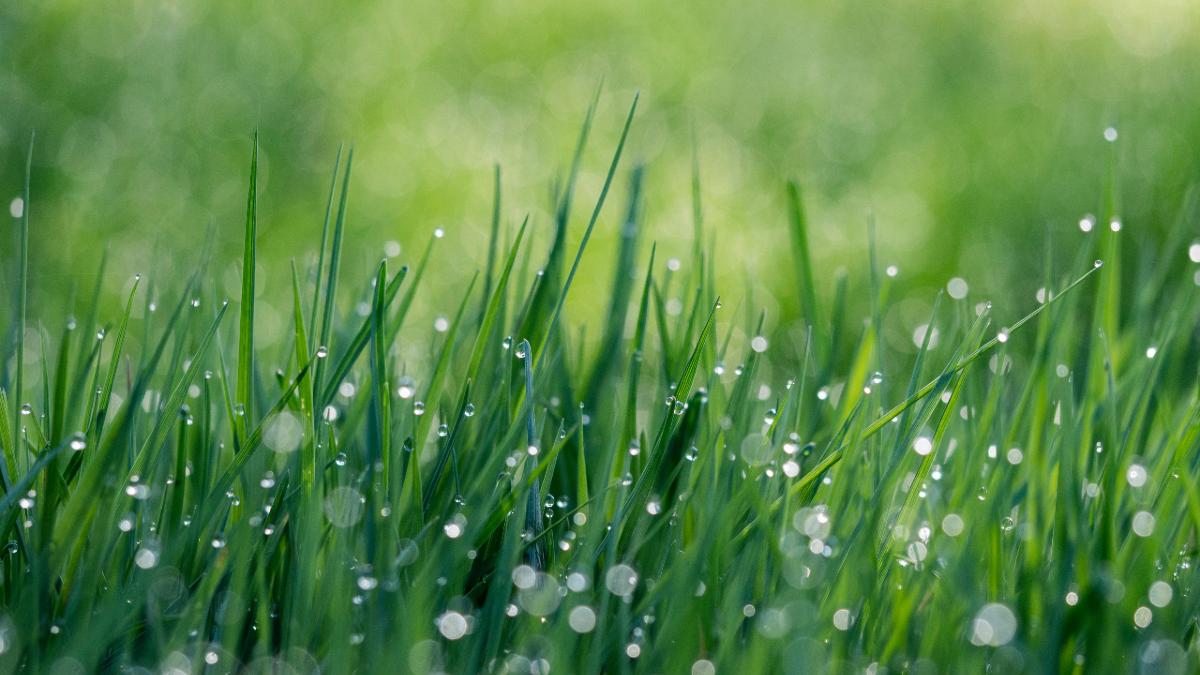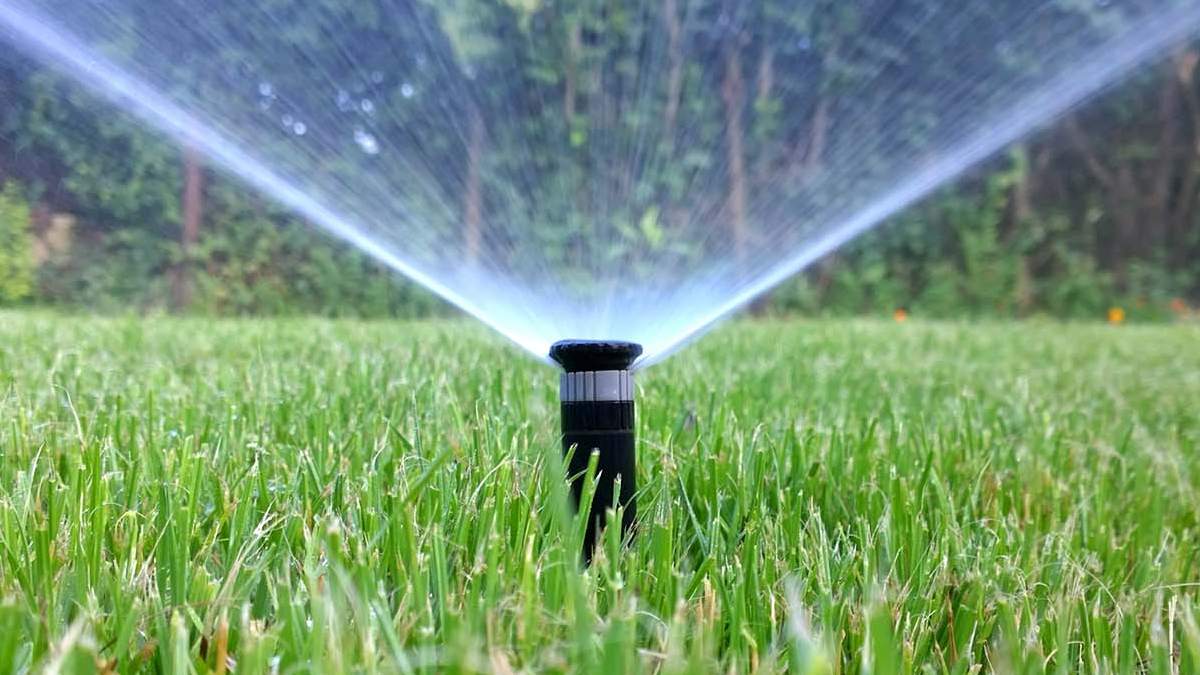Your home is a top target for burglars when you go on holidays. Here’s what burglars are looking for when they break and enter your home, plus how to safeguard your house.
How to keep your lawns lush over summer

Give your garden the gold grass treatment with these native, summer lawn alternatives.
Drought conditions have made lawns a divisive topic. Our confusing compulsion to feed and water grass to make it grow – then use precious energy to cut it short again – is quite bizarre. Lawns don’t score well environmentally either; they offer little support to wildlife, and exotic grasses are some of Australia’s biggest weeds.
But anyone who has enjoyed the sensation of lush lawn under bare feet on a hot day will know the cooling effect a lawn can bring and, in these fire-prone times, a cleared expanse of lawn around a home acts as a firebreak.
However there are plenty of drought-hardy grasses – and lawn alternatives – out there. Consider what you expect from your lawn – in terms of looks, use and size. If lushness is essential, could you cope with a smaller lawn? If weekend kick-to-kick is what the kids do, do you have the most drought-tolerant turf? If wildlife is your focus, a groundcover could be best, and if you want low maintenance, a native grass might be the answer.
Native lawn alternatives that are perfect for summer
Top turf
There are too many ‘named’ cultivars of turf to cover here but, of the warm-season grasses that cope best with heat, couch and kikuyu are fast-growing and tough but tend to be less shade-tolerant and that fast growth means more mowing, plus they can be invasive. Buffalo and zoysia are more shade-tolerant and slower growing, so need less mowing. Bermuda grass is often used on sports fields because it is so drought tolerant. Cold-season fescues, ryegrass and Kentucky bluegrass are best for frost-prone areas and keep their colour over winter.

Native grass
Native grass alternatives – or even groundcover options – only need mowing a few times a year, need less water, zero fertiliser, are less invasive and offer habitat and/or food for a range of native insects and birds. Here are a few options:
Weeping grass (Microlaena stipoides)
Looks: A lush, bright-green cover that lasts even in dry times.
Bonus: Tolerates shade, sun, clay, sand and some salt. It mows well and tolerates playful dogs and kids but not regular heavy traffic.
Care: Its seed can irritate some thick-haired dogs so mow before seed set if worried.
Windmill grass (Chloris truncata)
Looks: Attractive tussock grass with a blue-green tinge and windmill-like seed heads. Bonus: Extremely heat tolerant and copes with shade too. Good for slopes and rocky sites. Care: Allow grass to set seed once every year or two to keep lawn thick.
Kangaroo grass (Themeda triandra)
Looks: There is a blue-green variety as well as a khaki-green form, and both turn an attractive rust-red in autumn. Highly ornamental seedheads.
Bonus: Highly adaptive; copes with extreme wet and dry.
Care: Warm-season grass; less frost tolerant.
Wallaby grass (Rytidosperma spp.)
Looks: There are more than a dozen forms of wallaby grass, but all are fine-leaved with fluffy seedheads.
Bonus: Some grow no taller than 10 centimetres even if unmown. Tolerates drought, frost and heavy use.
Care: Allow it to set seed occasionally. Do not mow below four to five centimetres.
Creeping boobialla (Myoporum parvifolium)
Looks: A spreading groundcover; varieties include broad- and fine-leafed types, and a purple-tinged form. Produces pretty pink or white spring flowers followed by purple berries.
Bonus: Does best in full sun, binds soil on slopes, and suits retaining walls, rockeries and edges/verges. New stems put down roots to form new plants if needed.
Care: Trim to shape. Not really suitable for foot traffic.
Top planting tips
- Give new plants a good watering and follow-up watering to help roots grow into moist soil.
- Move fallen leaves from deciduous trees to the compost bin so they don’t smother plants. Well-rotted leaf mould is good for garden soil.
- Loamy soil is best for autumn planting. If your soil is heavy on sand or clay, add organic matter like compost containing kitchen vegetable waste and manure. Organic matter also aids aeration and drainage and encourages microbes, earthworms and good fungi.
- After planting, top up soil with an organic-based mulch like peastraw in a vegie garden, or bark or wood chips for shrubs.

Gold Grass
If you’re looking at a patch of brown turf and questioning its worth, there are ways you can make it greener, in every sense.
1: Reduce the resources used
- Use grey water on your lawn.
- Downsize your lawn by creating more drought-hardy beds of shrubs or perennials instead.
- Replace a shady section with groundcovers or tussock grass.
- Replace a high-traffic area with a path.
- Adjust your standards to accept clover and moss in your grass and you’ll avoid the temptation to use broadleaf herbicides. Keep an eye on emerging bindii or other prickly weeds and hand-weed these.
2: Grassroots maintenance
- Protect the roots by keeping the mower blades high – at least five centimetres – to avoid bald patches; longer turf also retains more moisture.
- Mow without a catcher so the clippings feed the soil.
- Care for the soil by aerating at least once a year – fancy machines can do this or you can simply use a garden fork; push it halfway into the soil every 50 centimetres or so, and give it a wiggle to create air pockets and improve water and nutrient penetration.
- Top dress with sieved manure and water it in after aerating for maximum efficiency; if you have clay soil add gypsum too to help ease soil compaction.


